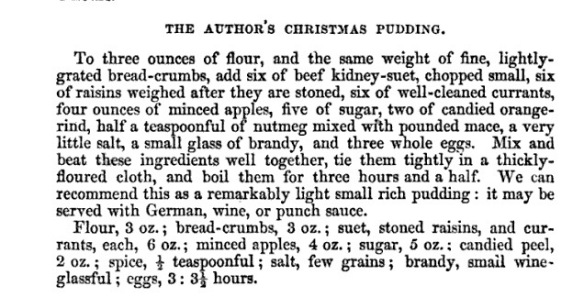Exmoor Caviar, delicious British sturgeon roe (Acipenser Baerii) produced in the clear waters of Devon and salted with Cornish Salt – a real West Country treat. I can’t recommend it enough, the Caviar has an excellent creamy flavour with just the right amount of saltiness. The best way to eat it – on its own, by the spoon! But if you want to spread it on something, put it on blini, the small yeasty pancakes from Russia, traditionally served with sour cream and caviar – recipe below.
Gluten-Free flour Blini
Classic Russian blini are made with wheat or buckwheat flour. I thought I’d try gluten-free flour blini for a change. I added a bit of bran to the recipe as the flour is white and it really worked. They had a satisfying texture and the same slight yeasty, sour tone as the classic recipe.
165g Gluten Free Flour, sifted (Doves Farm) or buckwheat flour
2 tablespoons of bran (optional)
¼ teaspoon of salt
1 pack 7g easy blend dried yeast
150ml full fat Greek yoghurt
175ml whole milk
2 medium eggs separated
25 g of butter
Mix the gluten free flour, bran, dried yeast and salt bowl in a large bowl.
Place the Greek yoghurt and milk in a small saucepan and warm it gently – it must only be slightly warm, as too much heat will kill the yeast.
Now add the egg yolks to the milk, mix them in with a whisk and then pour the whole lot into the flour mixture. Whisk everything until you have a thick batter, then cover the bowl with a clean tea cloth and leave it in a warm place for about 1 hour.
It will now be bubbly and spongy.
 Whisk the egg whites to stiff peaks and fold them in. Cover with the cloth again and leave for another hour or so.
Whisk the egg whites to stiff peaks and fold them in. Cover with the cloth again and leave for another hour or so.
When you are ready heat a little of the butter in a heavy bottomed or iron frying pan. Let the butter sizzle and drop 1 teaspoon for small blini of about 3-4cm across (or 1 tablespoon for larger blini) into the pan.
Fry for about 40 seconds then flip and repeat on the other side. The pancake should look thick and fluffy with a few air bubbles and golden in colour.
Timings depend on your hob. Transfer it to a wire rack and repeat, brushing the pan with butter each time. This mixture should give you about 24 small blini or 16 bigger ones. Serve with sour cream and caviar.












 Oysters Hot, Oysters Cold? I like ’em hot. A modern day version of this is to fy them and stuff them into a slim baguette, warmed and spread with garlic butter. Mmmm.
Oysters Hot, Oysters Cold? I like ’em hot. A modern day version of this is to fy them and stuff them into a slim baguette, warmed and spread with garlic butter. Mmmm.





 Devon Brown Crab (Cancer Pagurus) is stupendously good and arguably the best in the world! The people of Salcombe in South Devon celebrate this fact each year in May at the
Devon Brown Crab (Cancer Pagurus) is stupendously good and arguably the best in the world! The people of Salcombe in South Devon celebrate this fact each year in May at the 



